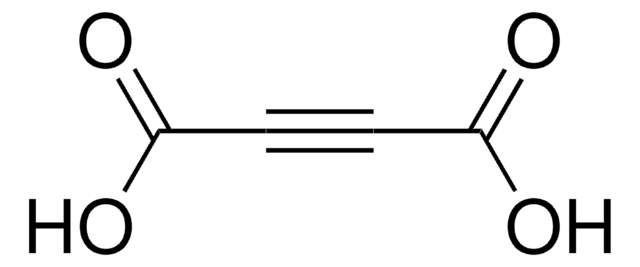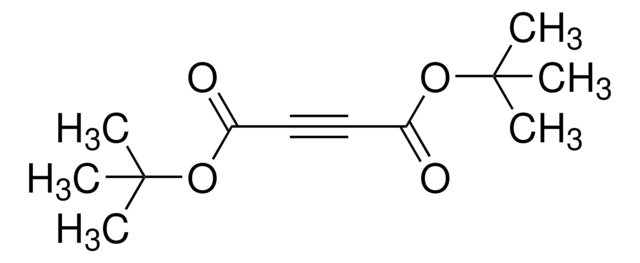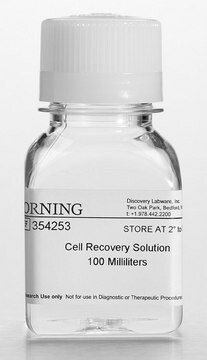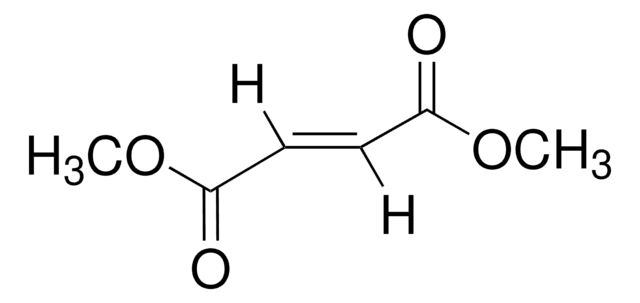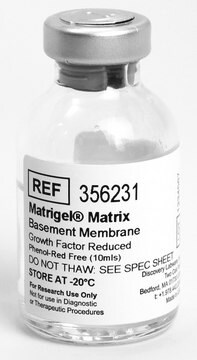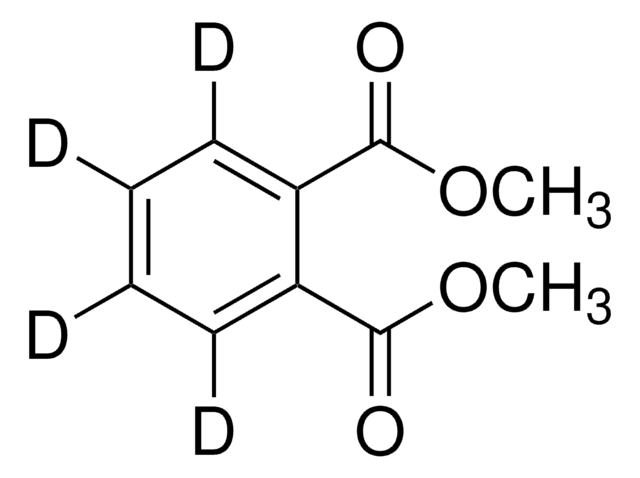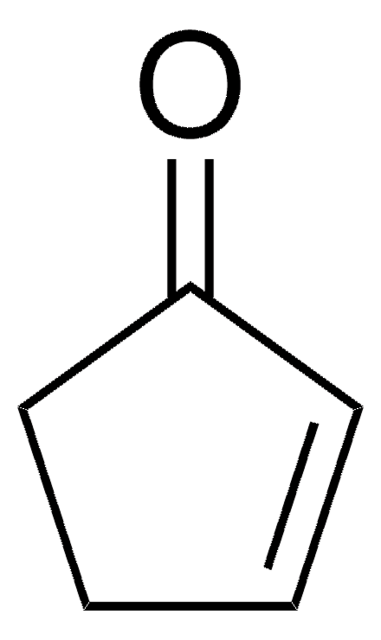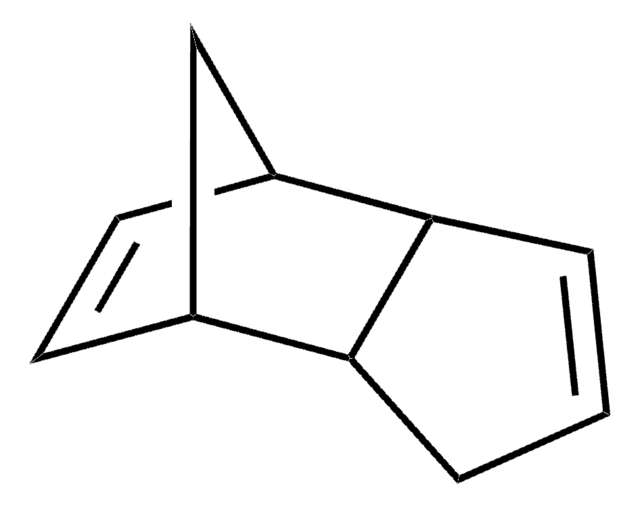D138401
Dimethyl acetylenedicarboxylate
95%
Synonyme(s) :
Dimethyl 2-butynedioate
About This Item
Produits recommandés
Niveau de qualité
Pureté
95%
Forme
liquid
Indice de réfraction
n20/D 1.447 (lit.)
Point d'ébullition
95-98 °C/19 mmHg (lit.)
Densité
1.156 g/mL at 25 °C (lit.)
Chaîne SMILES
COC(=O)C#CC(=O)OC
InChI
1S/C6H6O4/c1-9-5(7)3-4-6(8)10-2/h1-2H3
Clé InChI
VHILMKFSCRWWIJ-UHFFFAOYSA-N
Vous recherchez des produits similaires ? Visite Guide de comparaison des produits
Description générale
Application
Mention d'avertissement
Danger
Mentions de danger
Classification des risques
Acute Tox. 4 Oral - Eye Dam. 1 - Skin Corr. 1B
Code de la classe de stockage
8A - Combustible corrosive hazardous materials
Classe de danger pour l'eau (WGK)
WGK 3
Point d'éclair (°F)
186.8 °F - closed cup
Point d'éclair (°C)
86 °C - closed cup
Équipement de protection individuelle
Faceshields, Gloves, Goggles, type ABEK (EN14387) respirator filter
Faites votre choix parmi les versions les plus récentes :
Certificats d'analyse (COA)
Vous ne trouvez pas la bonne version ?
Si vous avez besoin d'une version particulière, vous pouvez rechercher un certificat spécifique par le numéro de lot.
Déjà en possession de ce produit ?
Retrouvez la documentation relative aux produits que vous avez récemment achetés dans la Bibliothèque de documents.
Les clients ont également consulté
Notre équipe de scientifiques dispose d'une expérience dans tous les secteurs de la recherche, notamment en sciences de la vie, science des matériaux, synthèse chimique, chromatographie, analyse et dans de nombreux autres domaines..
Contacter notre Service technique
